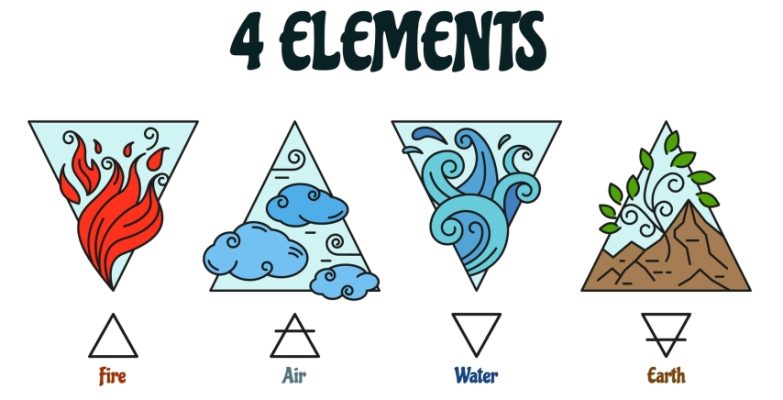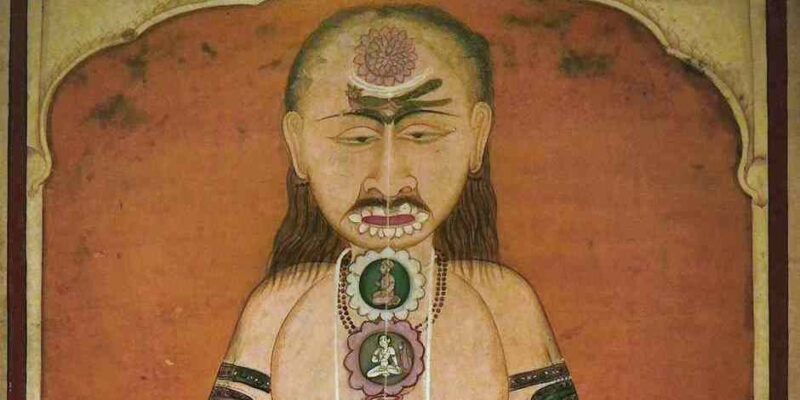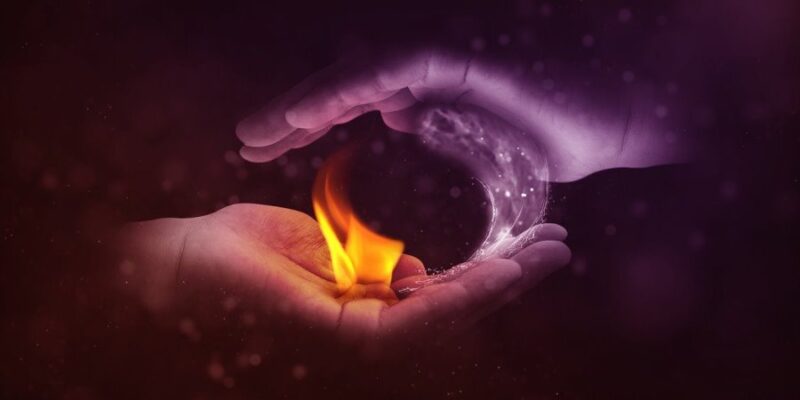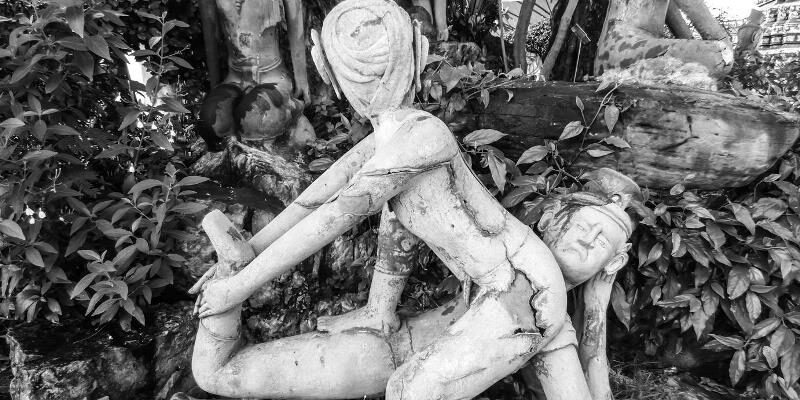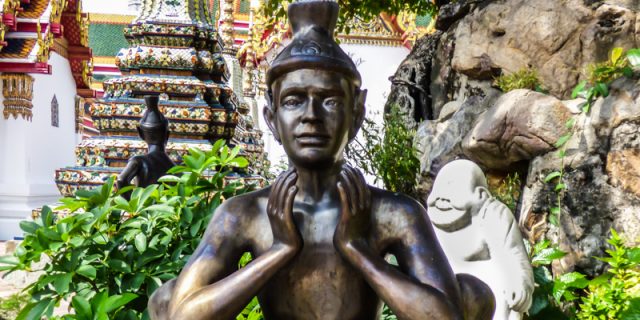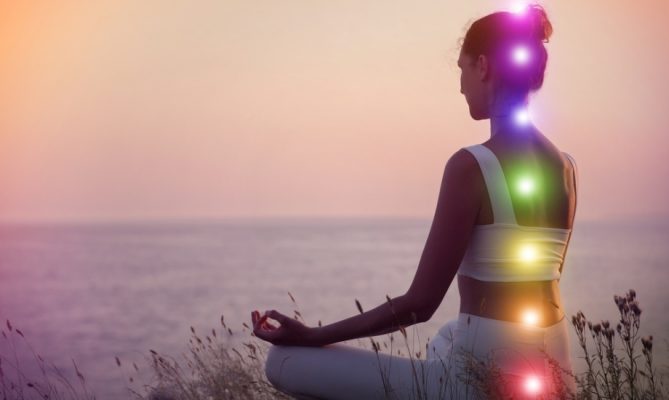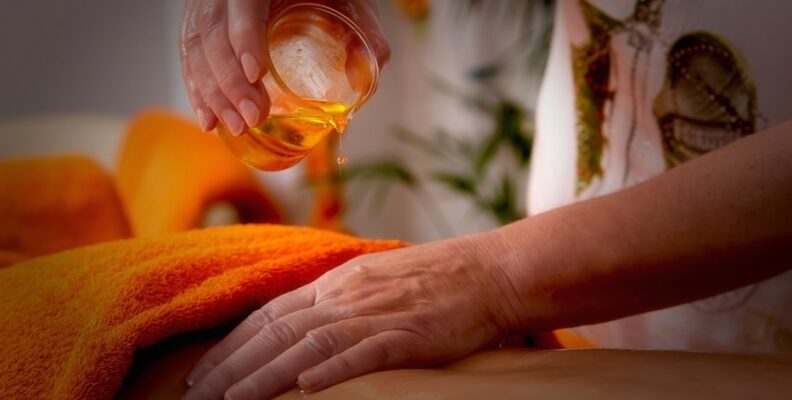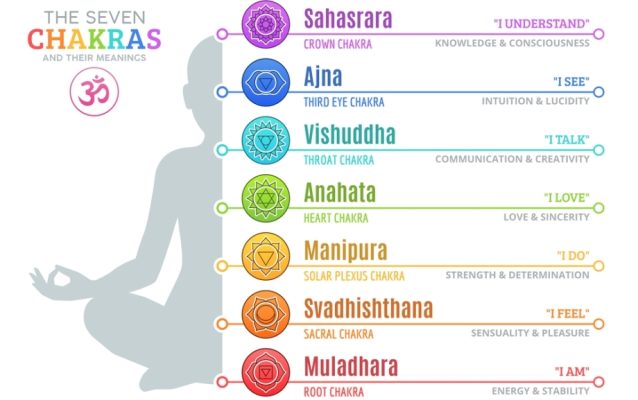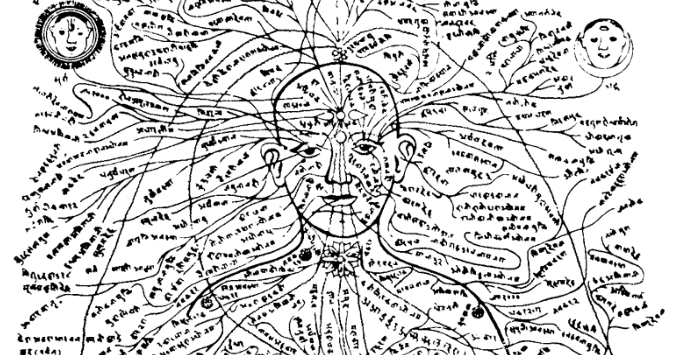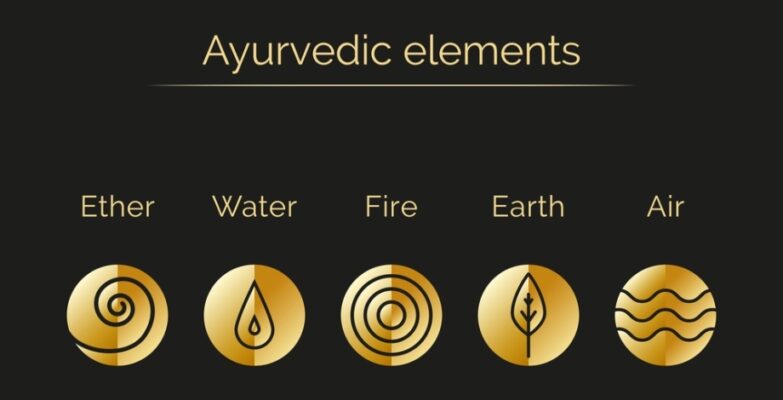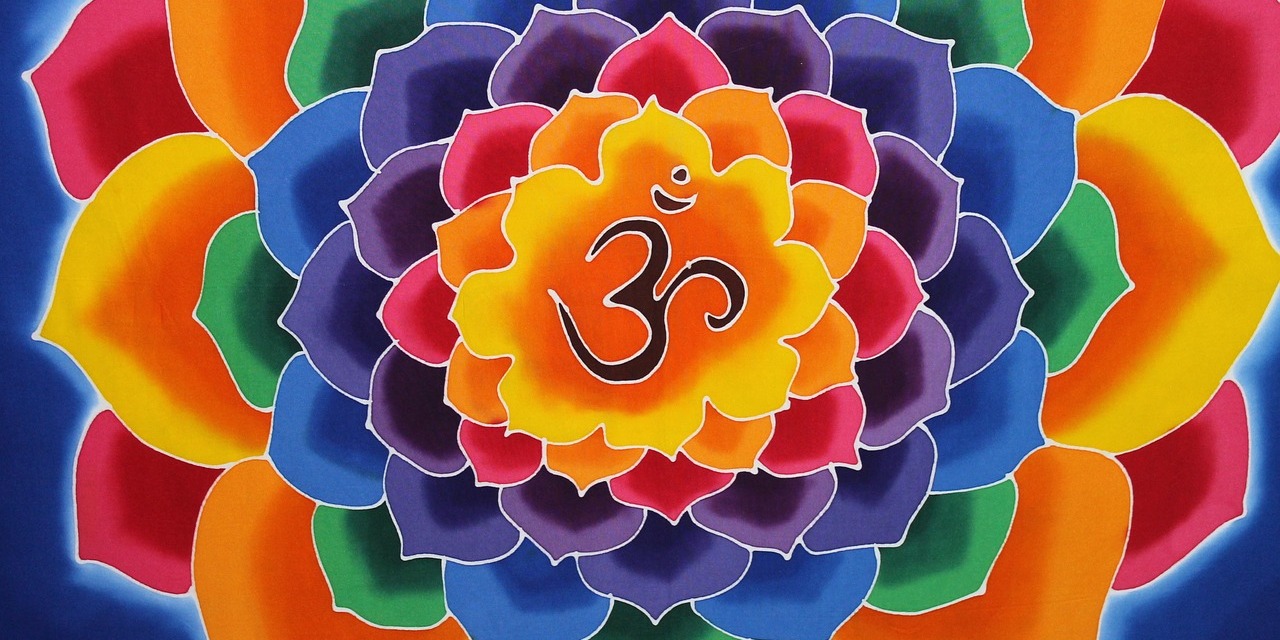
The Pancha Kosha concept — also written as Panchakosha — often appears in relation to Thai Traditional Medicine (TTM) in general and Thai Traditional Massage in particular, notably when it comes to understanding the Sip Sen Energy Lines.
Pancha Kosha is the theory of five layers or five sheaths of human nature, which is of ancient Indian Vedanta Upanishadic origin.

At the surface, the Thai philosophy of the Circle of Life (which consists of the interaction between Body, Citta, and Energy) seems to be different from the idea of Pancha Kosha. Nevertheless, when we take a closer look, we observe that TTM in fact uses the same ideas, although in a more condensed and perhaps more practical way. In this respect, we need to remember that TTM concepts and applications historically rely substantially on Ayurveda.
But then, what exactly is Pancha Kosha?
According to ancient Indian spiritual concepts, the human being consists of five energetic bodies, called Koshas. The word Kosha means something like “layer” or “sheath,” and it’s often designated as the “generator of consciousness.” Pancha simply means “five.”
Each Pancha Kosha layer is associated with a specific type (or level) of consciousness, which goes from gross to gradually more subtle, that is, from the Anna Maya level to the Ananda Maya level.
It’s thought that when all five sheaths are integrated and balanced, a human being experiences health and wellbeing. A completely unified Pancha Kosha is also considered a spiritual attainment in which the sense of separation between Atman (subjective personal consciousness) and Brahman (objective universal consciousness) is dissolved in a higher Divine Union.
The Five Koshas should not be considered independent entities: they support, depend and influence each other, and changes in one of the layers (or bodies) automatically mean that changes will take place in all other bodies (or sheaths). The Koshas are merely different aspects or interlaced functions of what we call a human being.
The Five Koshas
Below then an overview and description of the five Koshas.
1. Anna Maya Kosha (Annamayakosha)
This is the gross layer, also said to be the physical layer; the “sheath composed of food,” and representing the skin, muscles, tendons, flesh, fat, bones, feces, and such.
2. Prana Maya Kosha (Pranamayakosha)

Pranic Life Force, energy, or breath layer; this is the sheath of Vital Life Force Energy. It’s connected with Annamayakosha and responsible for animating i.e. giving life to the physical body. Pranamayakosha can be directly influenced through Pranayama Breathwork.
Mind that the Life Energy Channels (in TTM and Thai Massage known as the Sib Sen Energy Lines) which are maintained, opened, or unblocked by an Ayurveda, Yoga, or Thai Massage practitioner are said to be located in the Pranamayakosha. It is also the layer that connects or “binds” the gross layer (Annamayakosha physical layer) with the more subtle layers of thoughts, emotions, intellect and wisdom.
Pranamayakosha is composed of Prana, the principle that vitalizes and holds together body and mind. It pervades the whole organism and its physical manifestation is breath. As long as this Life Force exists in an organism, life continues. As such, it’s sometimes considered the most vital of all Pancha Kosha sheaths.
3. Mano Maya Kosha (Manomayakosha)
This is the mental layer of concepts, thoughts, and emotions; Manomayakosha is composed of manas or mind, and is the place where the sense of an “I,” “person,” or “ego-self” arises.
4. Vijnana Maya Kosha (Vijnanamayakosha)
This is the consciousness, intellectual, and spiritual layer; Vijnanamayakosha is the seat of perception, the will, intuition, and memory, and relates to inner wisdom, inner growth, and higher states of consciousness.
5. Ananda Maya Kosha (Anandamayakosha)
This is the most subtle layer, which is related to states of insight in the Universe and the Self, bliss, joy, and Spiritual Enlightenment; it’s sometimes equated with the causal body, being the seed or cause of both the subtle body and the gross body.
Final Thoughts
As for Thai Massage, the Sen Sib Energy Lines are said to be located in the Prana Maya-Kosha (Pranamaya Kosha) and that’s why it’s generally acknowledged that Traditional Thai Massage is not bodywork but energy work.
It’s also the reason why proper breathing during a Thai Massage session (both for practitioner and receiver) is considered of importance. Prana entering the body undergoes various modifications, becoming different kinds of Winds or Breaths with different functions, and goes in and out the body being a continuous flow and flux.
So finally, when we compare Pancha Kosha with the Thai Circle of Life concept we can easily see that Annamaya Kosha = Body, Pranamaya Kosha = Energy, and the Manomaya, Vijnanamaya and Anandamaya Kosha together = Citta.






